Musicians”Hayashikata”
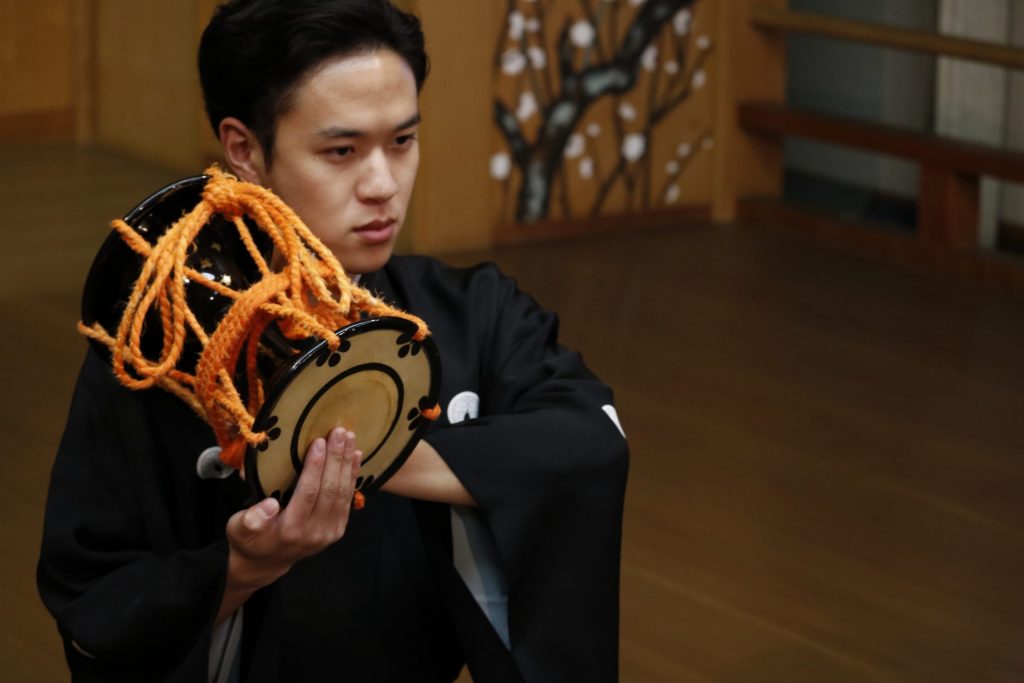
Noh Hayashi is a musical instrument corps consisting of four beats: flute, small drum, large drum, and drum.
The musical accompaniment usually plays an important role in “music” in Nogaku, as one person in each role stands on the stage and sings and dances.
Utai and Hayashi are closely related, and they stimulate each other.
By creating one stage, it becomes a wonderful stage by increasing the “density” of the stage.
Performers Both the audience and the audience can have a fulfilling time.
Therefore, you need to be on the stage as an actor, not just an accompaniment.
That is the responsibility of the musicians, and it is the joy of standing on the stage.
Performance
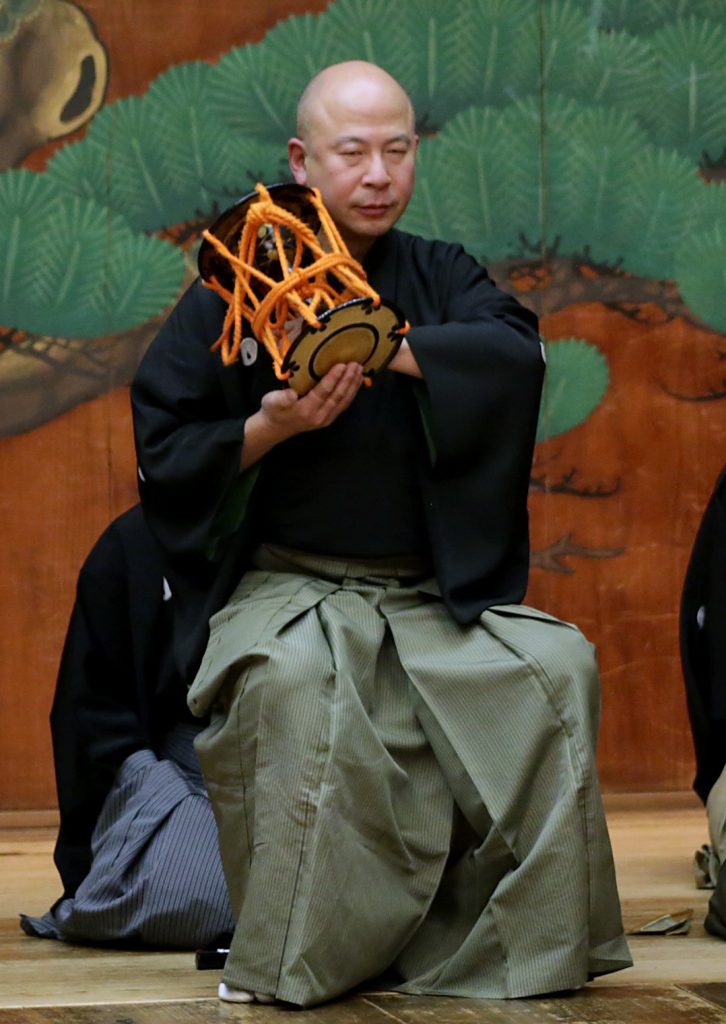
Kotsuzumi, Otsuzumi, and Taiko are shouted during the performance. It has several roles in playing,
One is to make the stage go smoothly. By calling out, the performers insist on each other’s intentions,
By unifying the rhythm and glue of the performance, the stage can proceed smoothly.
Next, you can create the atmosphere of the song by devising the shouts according to the tone of the song and the insistence of the performer.
As a result, the audience can enter the world of songs and create a higher-grade stage.
The shouts are very influential on the stage and are the most important thing for the musicians.
In addition, it can be said that it is a great weapon that can give out individuality depending on the musicians.
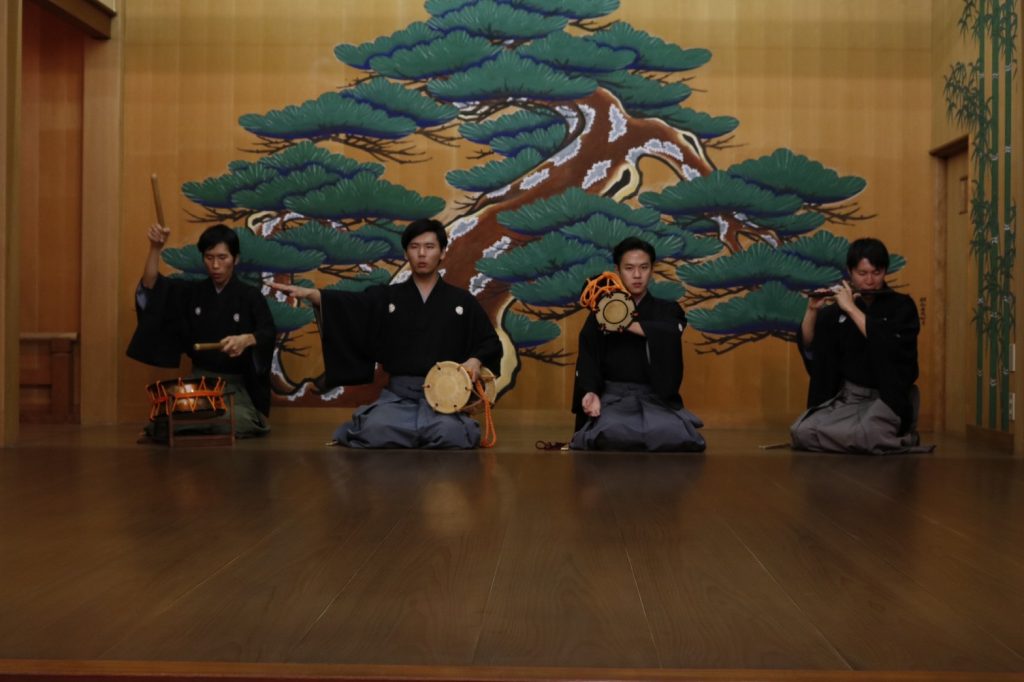
It is a Nogaku that has been passed down from the Muromachi period to the present.
There are many parts that are changing according to the times, such as the musical accompaniment (pattern) and
Rhythm changes that match the type of shite (leading role) (movements such as dance), etc.
It can be said that the performance content and direction are very interesting from a historical point of view.
Nogaku (Sarugaku at that time), which was performed all over the country during the Edo period,
Actors in the same area form a “za”, and various rules are laid down by that “za”.
The performance format differed depending on the region. In addition, the performance may change depending on the style, place and time of the performance.
Material of small drum
Leather
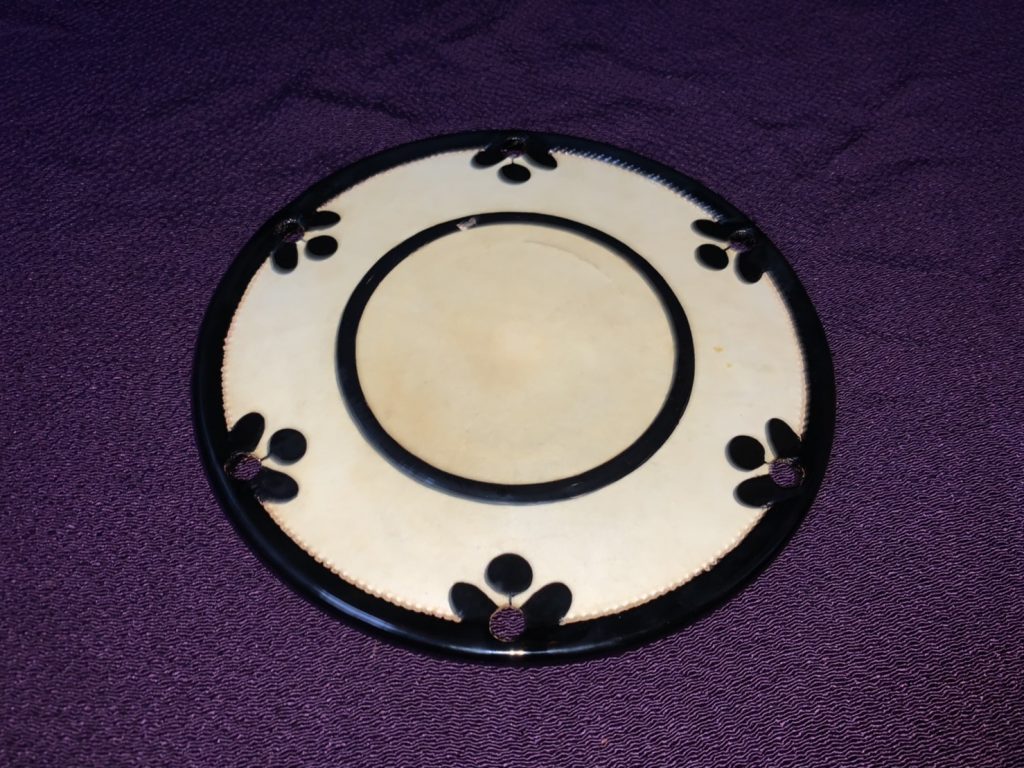
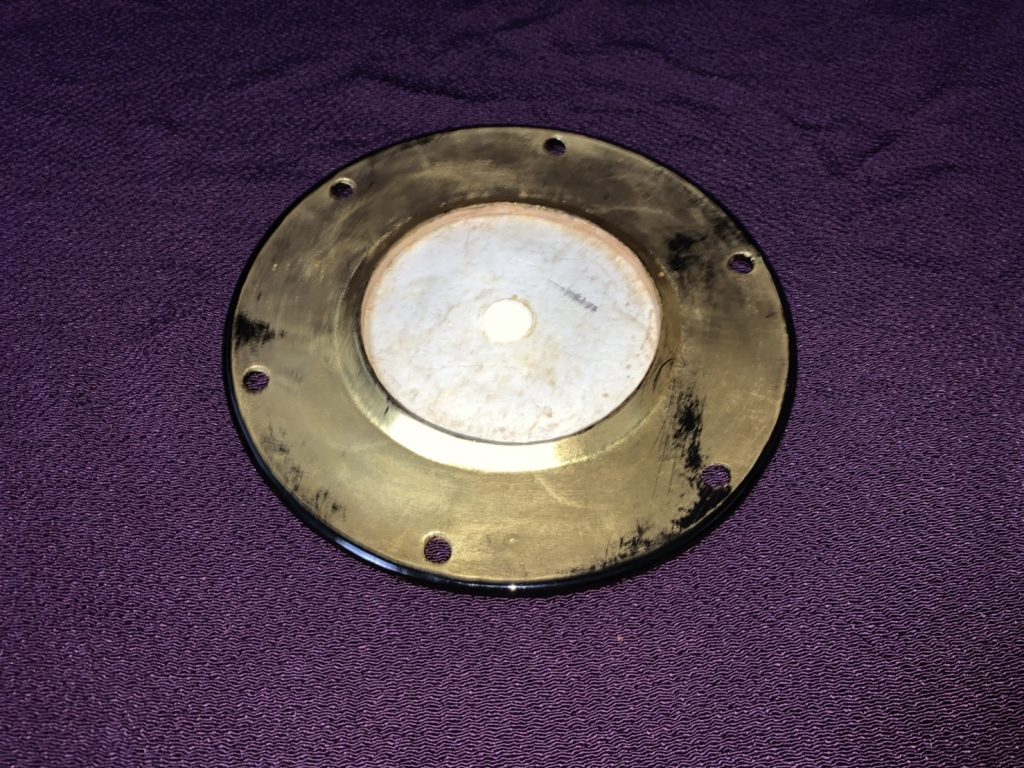
Investigation
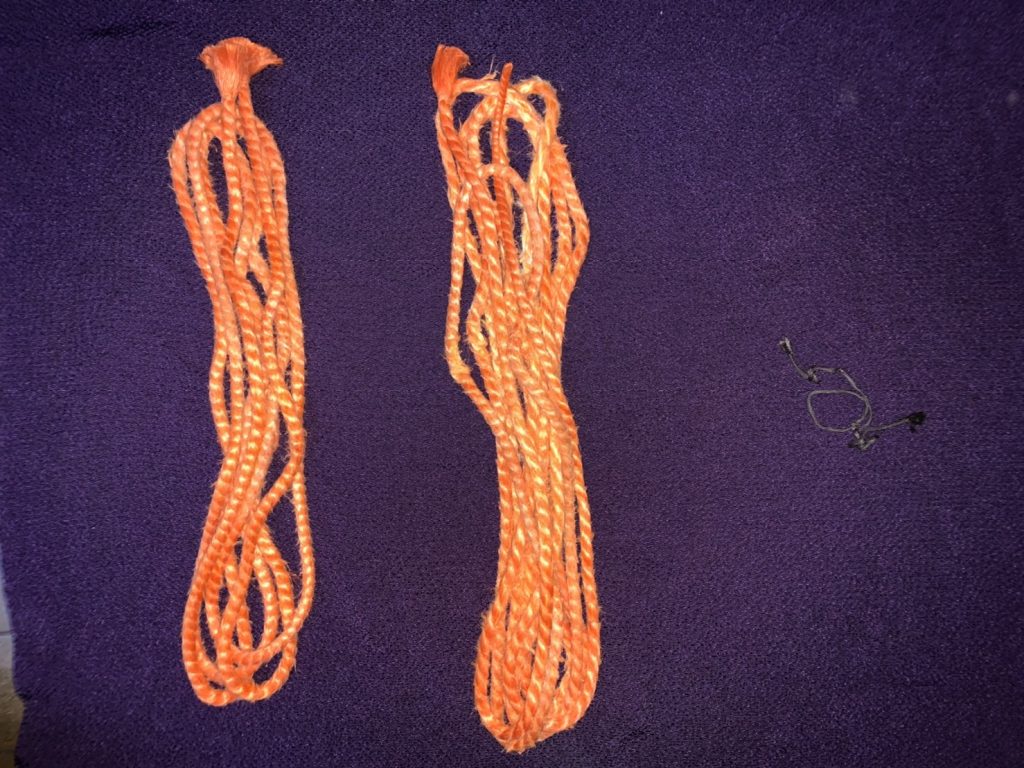
This string is called “inspection” or “investigation”. Here, hemp fibers are rolled and string-shaped, and two are used for each small drum.
According to this research, we are currently using a plant called safflower, which is dyed in vermilion.
However, in the old days, it was said that the color of the user was represented by the color, and multiple other colors were used.
Body”doh”
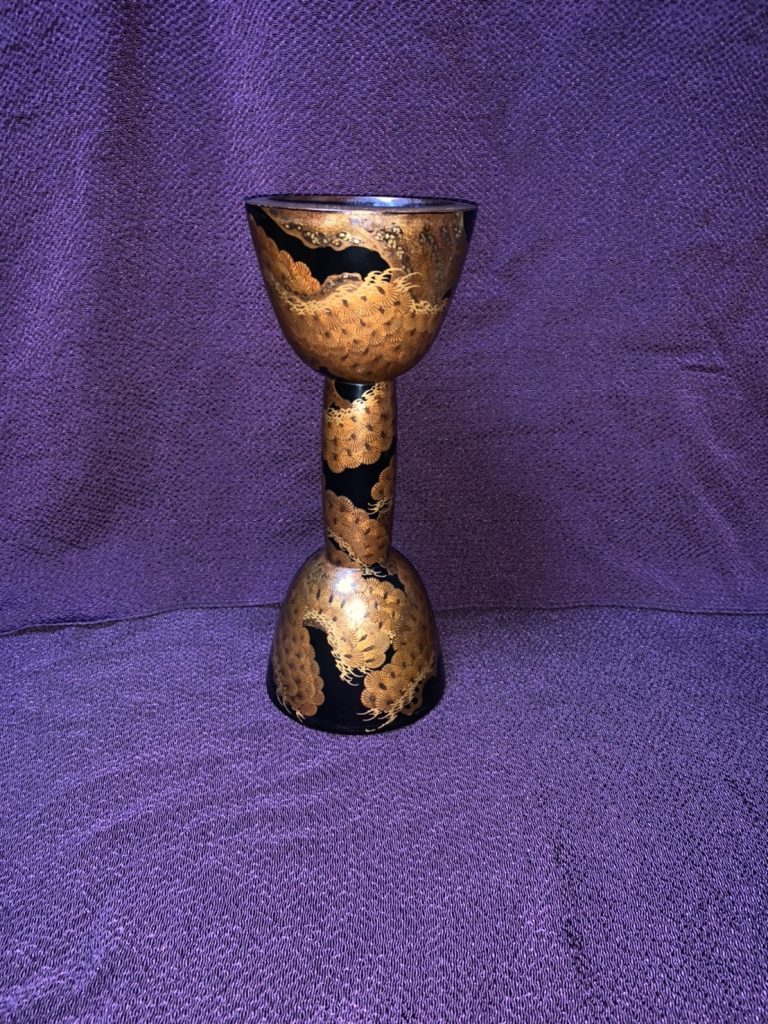
The body of the drum is carved from a dried cherry tree and decorated with lacquer and gold, called “Maki-e”.
Sakura tree has been in Japan for a long time and is used because it is hard and sturdy. Maki-e has various patterns,
The lacquer work in the photo is called ”Shoujouno ”, but since the crane does not build a nest on the tree,
It is said to be a stork. There are various other lacquer work, but there are “tones”, “price”, “roots”, etc.
From the kakekotoba, you can see many high-class ingredients such as spiny lobster and lacquer work such as plants such as radish and dandelion.